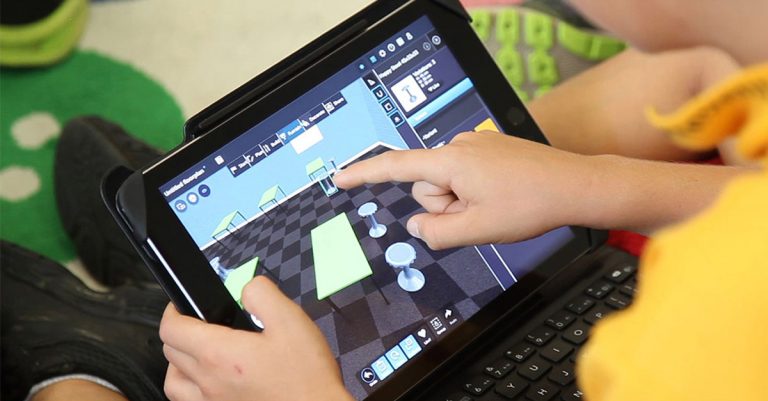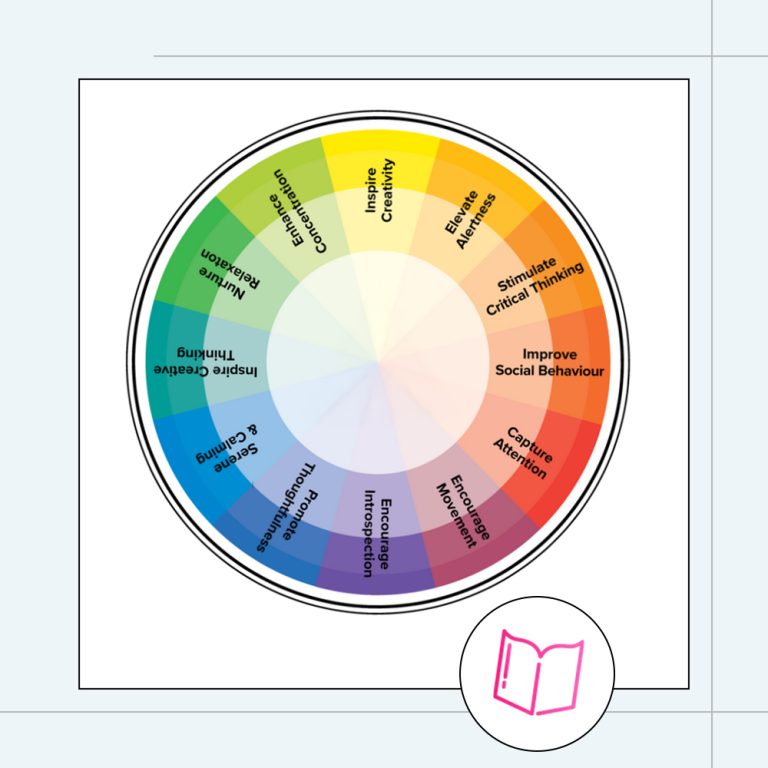In many ways, the classrooms of today are much different from the classrooms of the past. This is a positive thing, to be clear. Today’s classrooms are more flexible, more open, more inviting, more fun — as such, today’s students have a more exciting, more inclusive, and more memorable classroom experience. One example of this is the idea of outdoor learning. Not only are there several important benefits, but it’s also quite easy to support and incorporate outdoor learning — both inside and out of the classroom.
Outdoor Learning Benefits
After spending upwards of seven to eight hours cooped up indoors, it’s nice to let the classroom take in a collective breath of the great outdoors for a change every once in a while. Outdoor learning provides more than just a change of scenery for students, though — there are actually several notable benefits to taking the classroom from indoors to out for the day’s lesson. These range from the student’s cognitive ability to their physical and emotional health to the way they actually learn.
Increases Cognitive Engagement
Being out in nature has a clear and observable impact on the grey and white matter in students’ brains. This means that exposure to nature benefits the brain and increases the student’s intellectual activity, their memory, and even their ability to pay attention in class. Research shows that being outside lowers heart rate, decreases blood pressure, and even regulates body temperature — all important factors in facilitating a student’s ability to learn both comfortably and enjoyably.
Promotes Healthy Habits and Mental Wellbeing
Simply put, being outside is healthy, no matter which way you put it. Taking the classroom experience outside into the great outdoors is doubly beneficial, then: not only are students reaping the benefits of nature, they’re also learning something new while they do it. What’s more, research indicates that students who learn outdoors are more likely to spend time outdoors outside of school, increasing their physical and mental health in one. It’s a win-win-win scenario: students are learning, they’re being healthy, and they’re learning how to be healthy going forward, as well.
Brings a Hands-On Approach to the Lesson Plan
Beyond the mental and physical health benefits of outdoor learning, taking the classroom experience outside introduces a hands-on approach to the day’s lesson. Studies show that hands-on learning increases the student’s ability to grasp concepts that otherwise might have gone over their heads. Taking the day’s lesson plan outdoors can be physically felt — the sun, the breeze, the grass, even the bugs — and, as a result, can increase a student’s ability to learn.

Ways to Support Outdoor Learning
Now that the benefits of outdoor learning have been made more clear, it’s worth discussing the ways you can support outdoor learning and make it easier to transition toward outdoor learning lesson plans in your school. After all, outdoor learning might not be possible to do all on your own — in many cases, it’s necessary to get some support. Thankfully, there are plenty of ways to easily and effectively support outdoor learning. Here are some of the most effective.
Preparing Teachers
First and foremost, the best way to support outdoor learning is to begin by preparing teachers. Incorporating these ideas about outdoor learning and the many ways it can help students into the teacher’s professional development can embed them into the very fabric of the lesson plans. By preparing teachers, you can effectively underline the importance and benefits of outdoor learning.
Including Support Teachers
Beyond simply preparing teachers, there needs to be an effort to include support teachers in the outdoor classroom, as well. Sometimes, when students get that first taste of the outdoors after being kept inside the classroom all day, they tend to get a little hyper. Including support teachers during outdoor learning sessions can help ensure that students remain calm and under close supervision during these moments of excitement and eagerness that come from such a drastic and thrilling change in scenery.
Allocate Funding
While it doesn’t cost a cent to step outside, it goes without saying that outdoor classroom furniture is going to cost you. Just as with the indoor classroom, students need a place to sit, to work, and to learn. For this reason, it’s important to advocate for proper funding to be allocated for outdoor classrooms. Not only would these funds go toward outdoor classroom furniture, but also for appealing landscaping and groundskeeping to keep the outdoor classroom looking pristine and idyllic.
Advocate for Outdoor Learning
Last but not least, teachers and students alike need to advocate for outdoor learning and all its great and essential benefits. Without this powerful word of mouth, how else will those administrators in charge know all the good that outdoor learning can bring to the classroom experience? Acting as an advocate for outdoor learning helps to support the allocation of funds, the inclusion of support teachers, and the preparation of teachers all rolled into one single act. If you want your students to benefit from outdoor learning, then you have to make it known loudly and clearly.
How to Incorporate Outdoor Learning into the Curriculum
Now that you know the benefits of outdoor learning and what needs to be done to support outdoor learning as a concept, it’s worth getting into the ways you can incorporate outdoor learning into your curriculum. With this process, you can learn to make the most of the outdoor learning experience — helping your students with cognitive engagement, healthy habits, mental wellbeing, and hands-on learning in one. Let’s discuss a couple of ways you can do this.
Weekly, Monthly, or Annual Plans
To begin with, you should make outdoor learning an integral part of your weekly, monthly, or annual plans. The decision to go to the outdoor classroom should be intentional and pre-planned so that you can be certain the day’s lesson is fine-tuned to the outdoor experience. No part of the day’s curriculum should involve computers, projectors, or the like — the day’s, week’s, or month’s annual trip to the outdoor classroom should be specifically and intentionally catered to that outdoor experience.
Camps and Field Trips
If it’s not possible for you to take a regular trip to the outdoor classroom — maybe your school’s isn’t well-maintained, or maybe your school doesn’t have one to begin with — fear not: there’s a Plan B. If possible, plan a field trip or look into a school-sponsored camping trip to introduce your students to the great outdoors. These alternatives can ensure your students still see those positive benefits of being outside even if you can’t take them there as regularly as others.

The Bottom Line: The Benefits of Outdoor Learning
As you can see, the benefits of outdoor learning are simply too great to pass up. Through the embracing of these benefits, the incorporation of outdoor learning into the curriculum, and the continued advocacy of outdoor learning in general, you and teachers the world over can work to ensure that students of all ages, all grade levels, and all walks of life can benefit from being immersed into the natural world around them. Not only will they be increasing their cognitive ability, improving their physical and mental health, and getting hands-on experience, they’ll be having fun while doing it.











